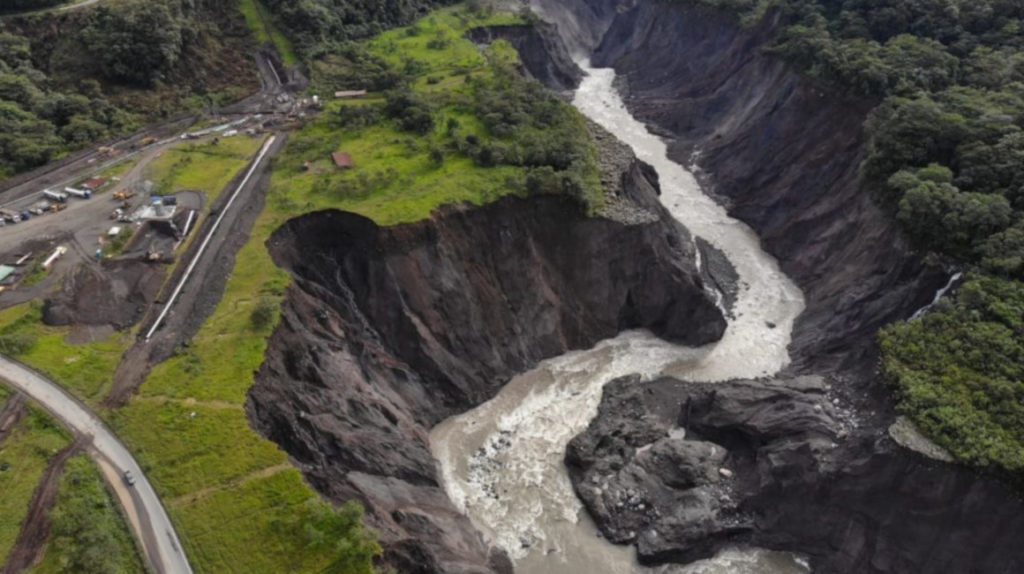RIO DE JANEIRO, BRAZIL – In Ecuador, sinkholes regularly make the headlines and affect 22 of the country’s 24 provinces. For natural reasons or otherwise, these are chasms that suddenly open up in the ground, sometimes in the middle of cities.
Since the beginning of the year, 93 sinkholes have been recorded, compared to 59 in 2020 and 74 in 2019.
The latest sinkhole destroyed half a dozen houses and a road near the Andean town of Chimbo last Wednesday. The landslide occurred in the middle of the night, causing panic.
Read also: Check out our coverage on Ecuador
Most of the time, sinkholes are caused by natural causes, such as torrential rains, the drying up of water tables, or the collapse of subway caves. Sometimes it is a man who is mainly responsible.

Two weeks ago, in the country’s south, houses and schools collapsed in Zaruma, a small town built over 50 km of tunnels constructed by illegal gold miners.
Earlier this year, Ecuador’s most famous waterfall disappeared, as a tour guide, Jairo Cabrera, recalls: “I was on my farm and was surprised to see a hole ten meters in diameter in the bed of the Coca River. Then it grew to thirty meters… and the second week, the San Rafael waterfall disappeared. The guide says he can no longer make a living from his work. I used to make a living from tourism, but not anymore since the disappearance of the largest and most beautiful waterfall in the country.”
The San Rafael sinkhole has since caused a phenomenon of regressive erosion that is destroying the banks of the Coca River and threatening the survival of the Coca Codo Sinclair hydroelectric plant, the main one in Ecuador.

